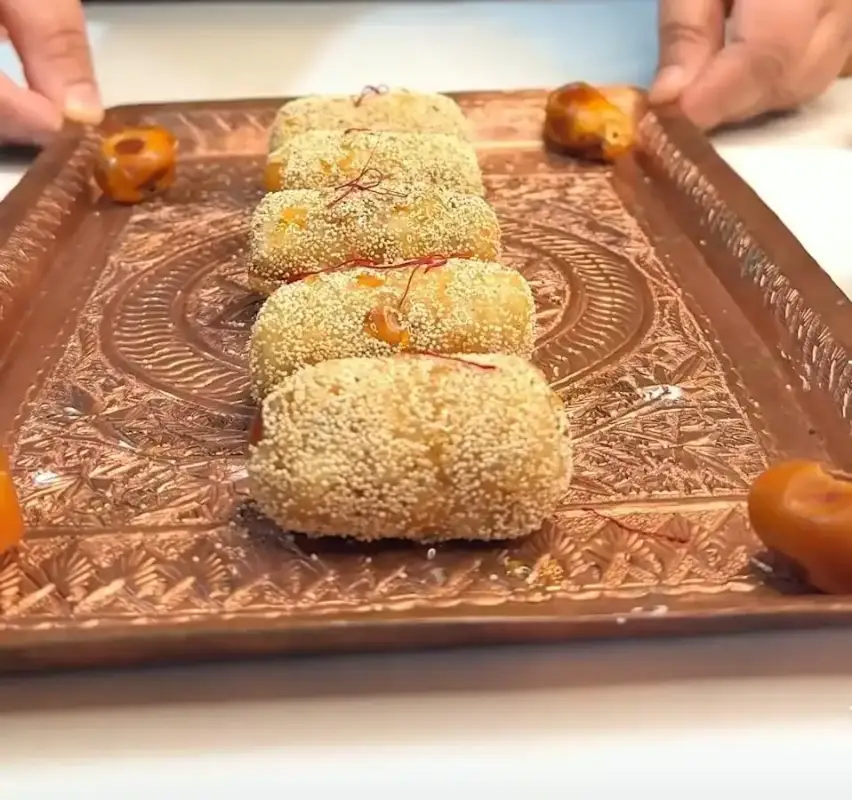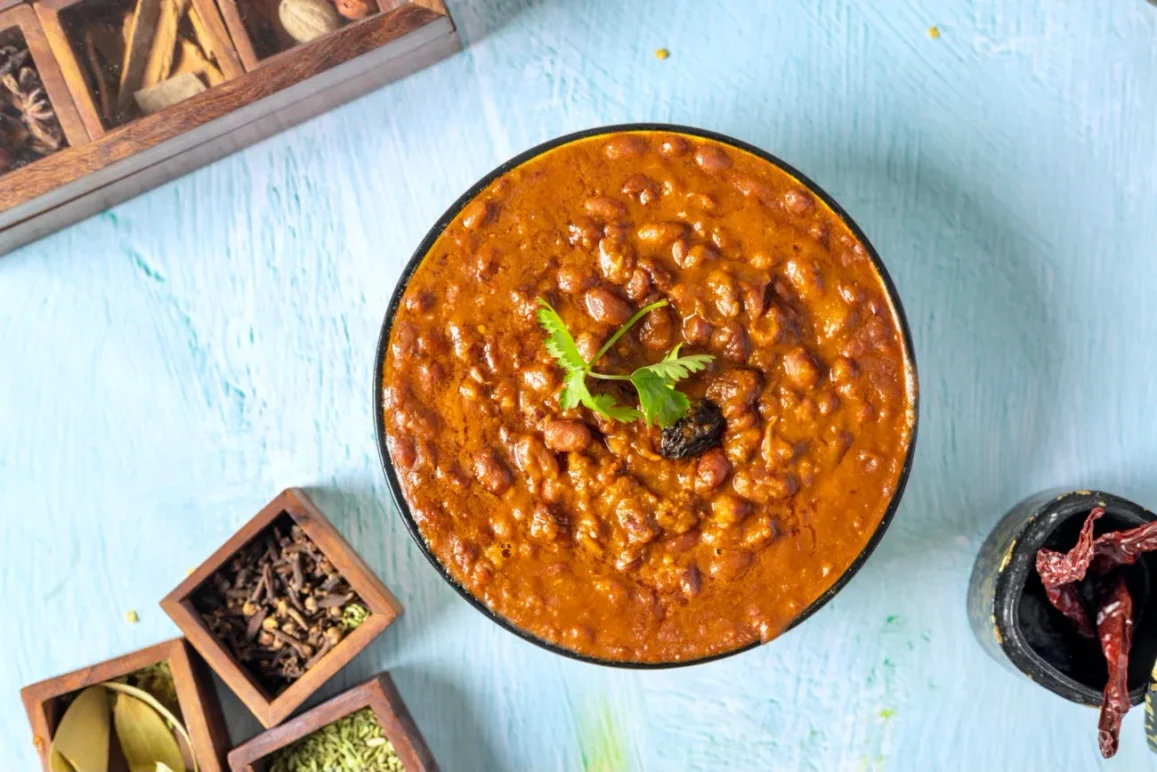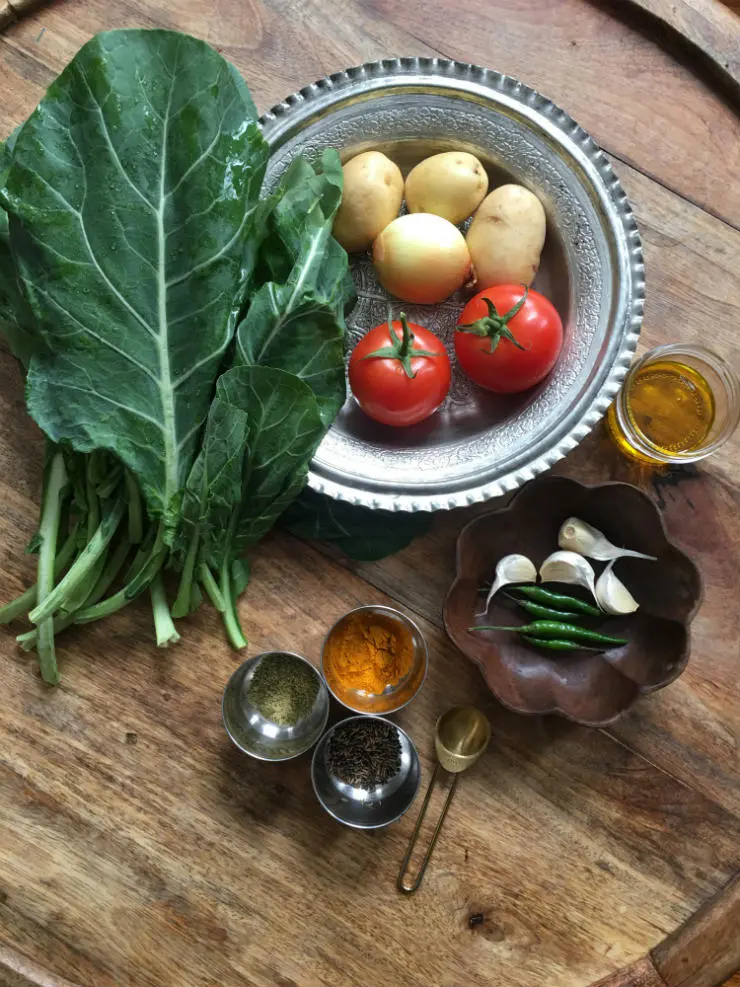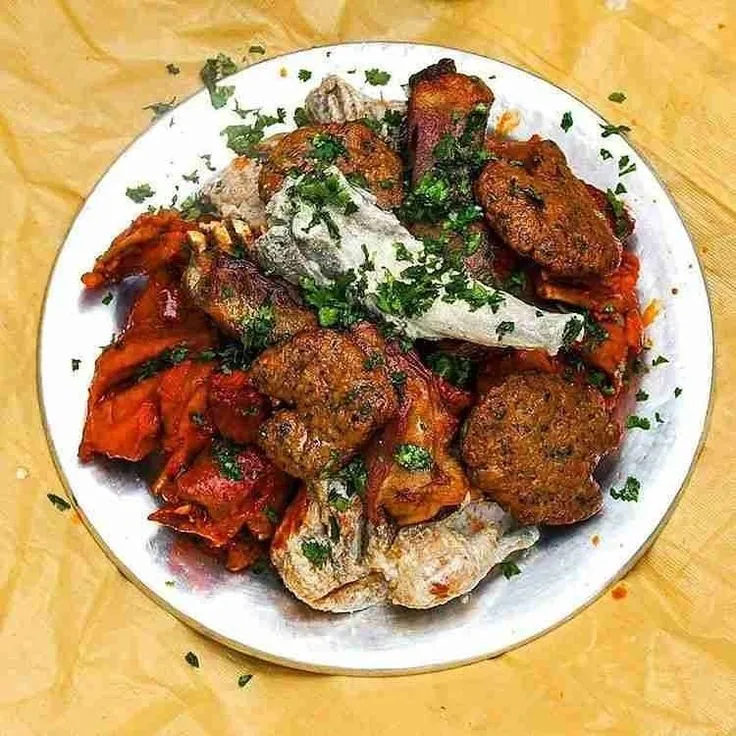When winter comes to the Kashmir Valley, people turn to Harissa Kashmir. This native dish has warmed hearts for centuries. As snow and frost cover the region, it makes Harissa a favorite choice.
This slow-cooked mutton stew is hearty and filling. It’s more than a meal; it’s a cultural treasure that has won the hearts of many generations.
What is harissa?
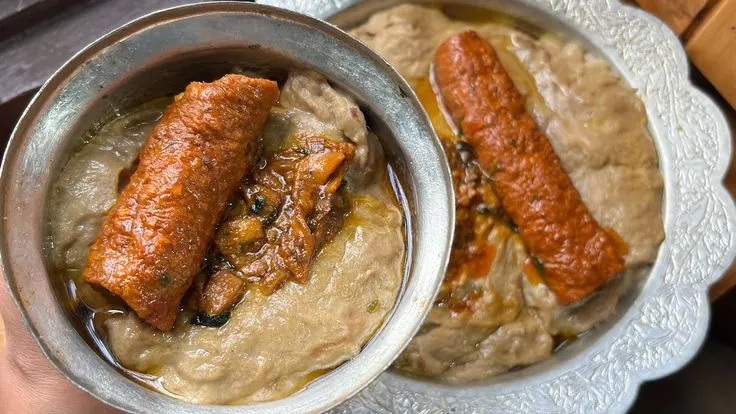
Harissa is a traditional dish from Kashmir. It involves slowly cooking mutton with spices and rice flour. This method results in a smooth, rich paste. People enjoy it in winter, especially in the morning. It gives warmth and energy for the day ahead.
A Glimpse into History
As legend has it, the Persian Sufi mystic Mir Syed Ali Hamdani brought Harissa to Kashmir in the fourteenth century. This dish evolved through the years with local traditions and spices to become a staple food for cold winter days. Prepared during Chillai Kalan, the 40-day period of intense cold, Harissa nourishes as much as it does comfort.
Why is harissa Kashmir special?
- Winter Warmth: Harissa Kashmir keeps you warm, making it ideal for Kashmir’s chilly winters.
- Folk Tradition: In Srinagar, especially in Aali Kadal and Saraf Kadal, people visit small harissa shops in the early hours of the morning, where they enjoy this dish along with others.
- Family Tradition: The preparation of Harissa tends to become a family tradition, generation after generation, passing on techniques that are a great bond of togetherness among family members.
The Craft of Preparation of Harissa Kashmir
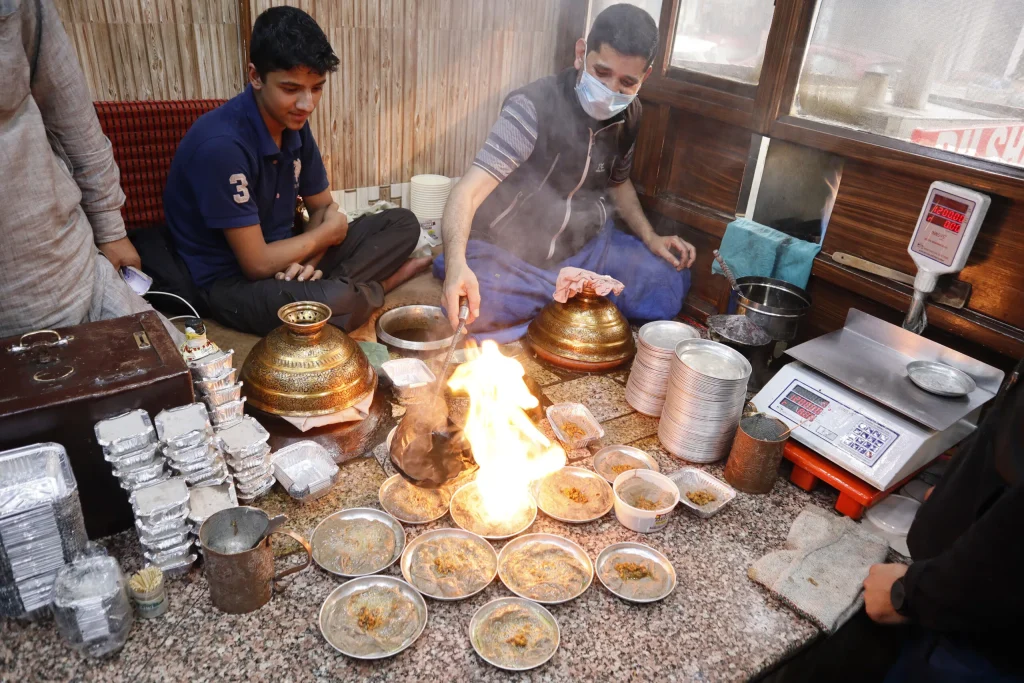
Preparation of authentic Harissa Kashmir is a patience-calling exercise that begins the previous day. Good-quality mutton with bones is cooked slowly overnight in a combination of aromatic spices like fennel seeds, cardamom, and cinnamon.
An expert minces the meat into a paste-like form and then removes the bones once it has turned soft.
Rice flour and milk add the characteristic harissa texture to the dish. The finishing touch, which adds depth and richness to the meal, is to finish it with crispy fried onions and a dash of hot oil.
Harissa in Contemporary Kashmir
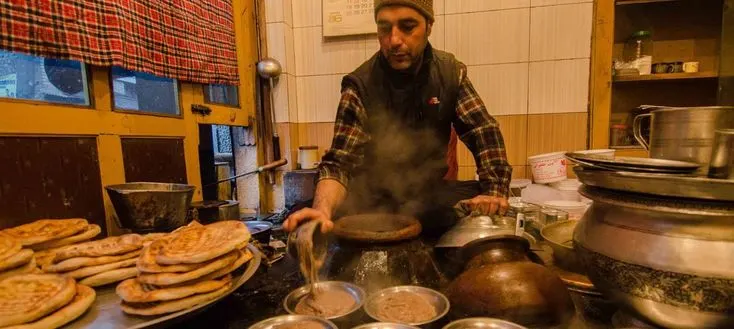
Winter is when many families make Harissa. This dish is special in Srinagar’s old city. Harissa shops in Aali Kadal, Saraf Kadal, and Fateh Kadal are famous. Some have been serving this special dish for over a century. People dine on a meal of freshly prepared Harissa, accompanied by indigenous Kashmiri bread named Girda, as the shops open in the morning.
A Symbol of Tradition and Togetherness
In addition to its culinary appeal, Harissa symbolizes unity and tradition. It’s a tradition that families send some portions of Harissa to their relatives, especially newlywed daughters, as a symbol of love and unity. This tradition reiterates the use of the dish as not just food but as a symbol of familial bonding.
Recipe: Making Harissa Kashmir at Home
Ingredients:
- 1 kg mutton (preferably bone-in)
- 4 cloves of garlic
- 500 g red onions, coarsely chopped
- 8 peppercorns
- 3 tbsp of fennel seeds
- 4 cloves
- 2-inch cinnamon stick
- 4 brown cardamom
- 8 green cardamoms
- Salt to taste
- 1 tbsp dried ginger powder
- 1 cup vegetable oil
- ½ cup rice flour
- 250 mL milk
- 1 cup crispy fried onions (for garnish)
Step-by-Step Instructions
1. Cook the mutton.
- In a large pressure cooker, combine the mutton pieces with garlic, chopped onions, and spices. Add peppercorns, fennel seeds, cloves, a cinnamon stick, brown and green cardamoms, dried ginger powder, and salt.
- Add sufficient water to submerge the meat.
- Simmer on low heat for 45 minutes after cooking for about 2 whistles in a pressure cooker.
- If you lack a pressure cooker, braise the meat in a pot until it’s tender and falling off the bone.
2. Prepare the meat mixture.
- Allow the mixture to cool slightly after cooking.
- Remove the bones from the mixture and any whole spices (like cardamom pods and cinnamon).
- Puree the meat with a wooden spoon or masher until it is like a fine paste.
3. Add the rice flour.
- To make a smooth slurry, mix the rice flour and a small amount of cold water in another basin.
- Stir continuously to avoid lumps forming when you add this slurry slowly to the meat mixture.
4. Add milk
- Add the milk and continue cooking at a low heat, stirring occasionally.
- This will help you achieve a thick, porridge-like consistency.
5. Add oil
- In another pan, heat the vegetable oil to the point of smoking.
- Carefully pour the hot oil over the Harissa mixture; stir thoroughly to mix.
6. Final Step:
- To prevent sticking, continue simmering over low heat and constantly stir.
- Cook until the oil starts to separate and the harissa reaches your desired consistency (takes about 40 to 45 minutes).
7. Serve
- Serve hot, garnished with crispy-fried onions.
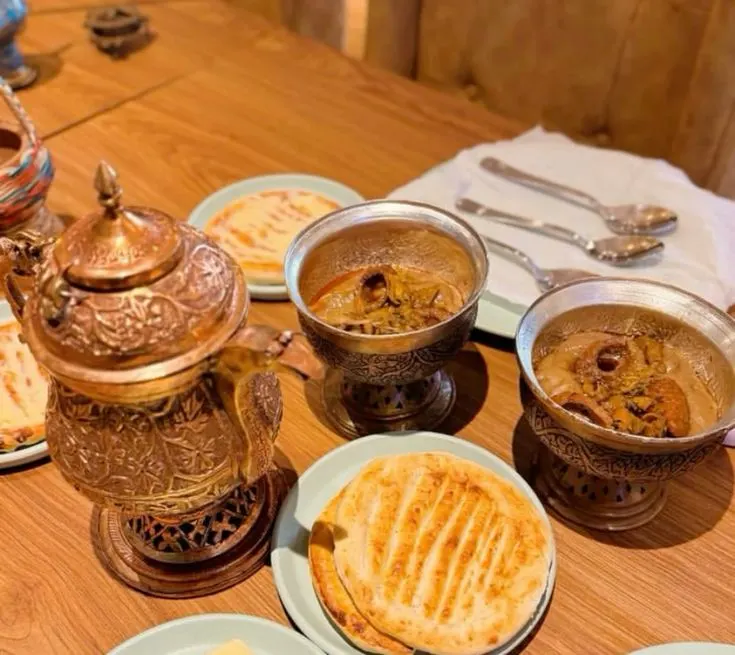
Enjoy Harissa Kashmir Heritage
Our deep dive into harissa shows this meal is more than delicious. It reflects Kashmir’s rich hospitality and heritage. Harissa gives a warm hug that connects generations. Whether you’re cooking it at home or facing Srinagar’s chilly mornings, it comforts you.



